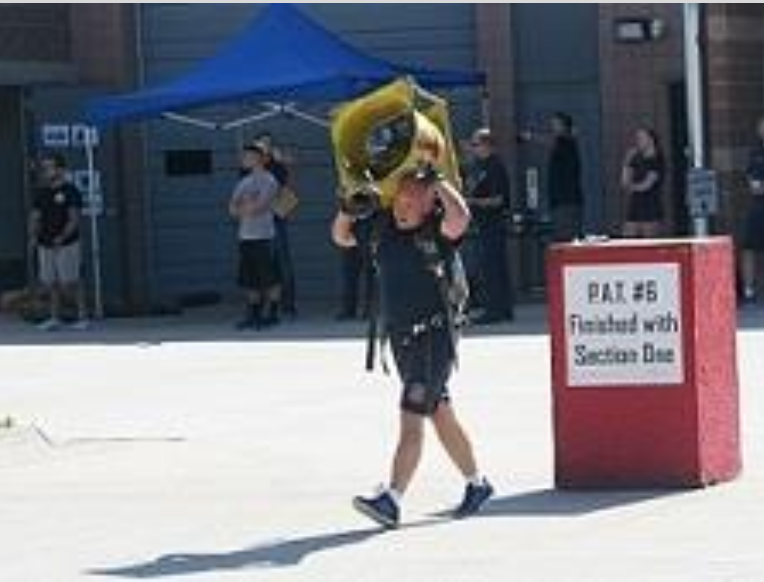West Metro Fire Fitness Requirements
The Evolution of Fitness Standards and Assessments
Prior to 1998, attempts to address individual fitness, wellness, data collection and tailored prevention programs at West Metro Fire were piecemeal, mirroring the national approach. Seeing a need for reform, the National Fire Protection Association created NFPA 1583, Fire Service Joint Labor Management Wellness/Fitness Initiative. That ultimately resulted in drastic changes to West Metro Fire Protection District in 1998. The new initiative at West Metro Fire has a direct connection to modified duty, catastrophic leave, health insurance, workers’ compensation, employee morale, productivity, employee retention, absenteeism, safety, member trust, citizen confidence and transparency; ultimately saving millions of dollars over a 10 year period for the taxpayer.
Two Separate Bi-Annual Standardized Fitness Tests are Administered at West Metro Fire
These two evaluations have been administered at West Metro Fire since 1998. The consistency has allowed for excellent data collection which in turn resulted in the development and implementation of tailored prevention programs, procedures and individualized prescriptions.

Physical Ability Test (PAT)
The “PAT” is a work simulation test designed to evaluate the essential physical fitness functions of firefighter/paramedics. In 1998, West Metro Fire hired University of Colorado to conduct a content validity study. The study determined essential functions of a firefighter/paramedic relative to necessary tasks that are physically demanding. The study also designed and recommended a job-related physical ability test, and determined "cut-off scores" that provided an accurate dividing line between those who can do the job and those who can't. The Physical Ability Test and subsequent cut-off line provided a valid predictor of job performance. All firefighters must complete the PAT in the required time in both sections annually as a condition of employment.

Wellness Evaluation
The evaluation includes MET-aerobic capacity test (VO2 max test), body composition-7site caliper evaluation, upper body muscular strength assessment, abdominal muscular endurance assessment, hand grip strength test and sit-and-reach flexibility test. All firefighters must successfully complete the wellness evaluation annually as a condition of employment. (12 MET requirement on treadmill evaluation). A MET is a measurement of oxygen consumption/uptake that helps determine an individual
